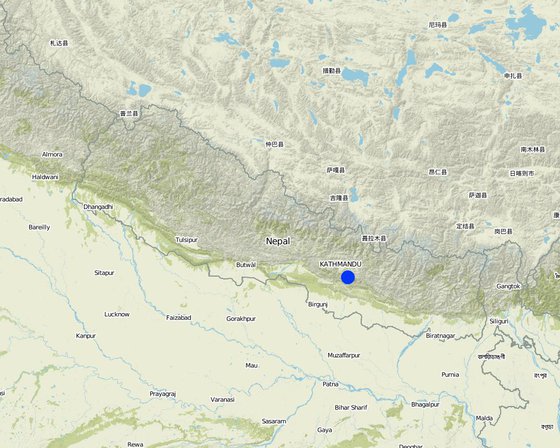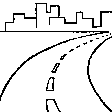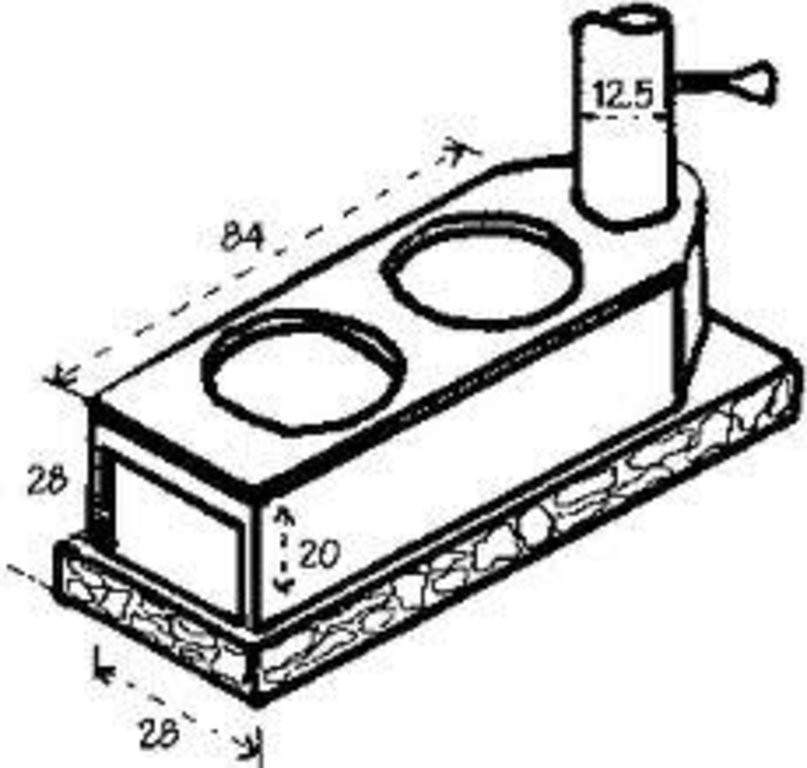

The technology document is entitled"improved Stove In Rural Areas".This technology brings more effective way of cooking compared to the old one.Here,unlike the rural areas wood consumption is lesser and wood consumption is lesser and there is also proper outlet of smoke produced.In the old stove more wood and fuelwood were consumed and smoke were accumul;ated in the cooking site which is the kitchen.Thus it reduces health hazards.
Here we have a single input area to enter the fuelwood for a pair os stoves. This is done because the heat pressure is not allowed to escape and the same heat produced shifts in the other stove and helps in heating.
Purpose of the Technology: The purpose cof the technology was to reduce the health hazards due to accumulation of smoke in the kitchen to reduce the fuelwood consumption, to save time in cooking and hence to maintain a smoke free zone.
Establishment / maintenance activities and inputs: The plant was first initiated by VDC in magh(2068B.S) by the assistance of Remerick Chyamrangbesi VDC and other co operatives.The first step was that labourers and technicians were given training an how to set up the stoves.Then they were assigned to construct it in homes.The labour charge and wages were covered by the organisation.The skills were not hightech so the skill was passed to the individuals of house and the maintenance was done.
Also, the organization send a person per year to if the stove is in proper working condition or not.
Natural / human environment: The technology mainly focuses on the health of the people exposed due to the indoor pollution.Since there was proper outlet no smoke was trapped inside which massively reduced air pollution.Besides less firewood was consumed,hence reducing the rate of deforestation and smoke emission.Also the ashes obtained from the burning firewood was a good fertilizer.

Location: Kavrepalanchowk, Chyanrangbesi, Nepal
No. of Technology sites analysed:
Spread of the Technology: applied at specific points/ concentrated on a small area
In a permanently protected area?:
Date of implementation: less than 10 years ago (recently)
Type of introduction




| Specify input | Unit | Quantity | Costs per Unit (n.a.) | Total costs per input (n.a.) | % of costs borne by land users |
| Labour | |||||
| Labour | unit | 1.0 | 400.0 | 400.0 | |
| Total costs for establishment of the Technology | 400.0 | ||||
| Total costs for establishment of the Technology in USD | 400.0 | ||||
Ash was used as fertiliser
Less firewood consumption
Quantity before SLM: N/A
Quantity after SLM: N/A
Reduce indoor pollution
Specifically,the health hazards due to indoor air pollution and smoke effects has massively reduced.
Quantity before SLM: N/A
Quantity after SLM: N/A
Less firewood conmsumption so less smoke produced
Less smoke generated
Systematic arrangement of smoke,less smoke,proper outlet of smoke